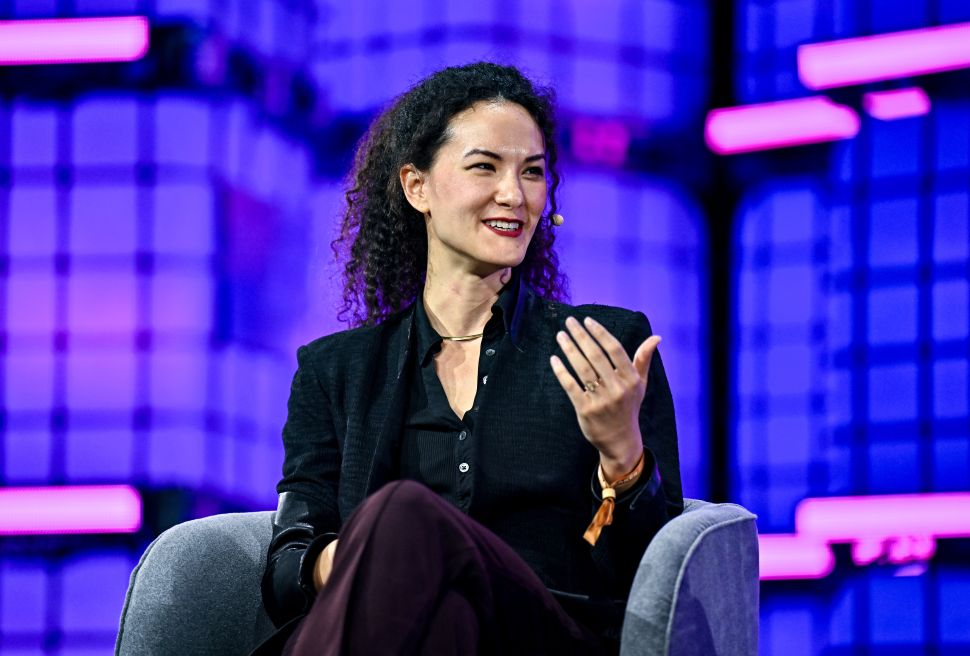Bluesky, the social networking platform gaining traction as a popular alternative to X, is positioning itself as a hub for personalized—and often niche—online communities. According to CEO Jay Graber, that same focus on customization is what allows Bluesky users to escape the echo chambers that dominate traditional social media.
“You can really just silo in the corner you want to be in,” said Graber during a talk at Web Summit Vancouver yesterday (May 27). Still, features like custom feeds and Bluesky starter packs—which curate lists of users centered on specific interests—can also encourage users to branch out. Graber noted she’s explored communities centered around fountain pens, medical studies, and even commodities trading.
Bluesky’s adaptable framework has contributed to a surge in users, which has climbed to nearly 35 million in recent months, fueled in part by growing discontent with Elon Musk’s ownership of X. Initially incubated by Twitter in 2019, the Seattle-based platform became an independent company two years later, with Jay Graber stepping in as CEO.
How a site with 35 million users is run by just 25 people
Despite its rapid expansion, Bluesky operates with a lean team of just 25 employees, who manage the demands of a budding social media platform in part through strategic delegation. Earlier this year, the company launched a verification system for notable accounts—but it also introduced a “Trusted Verifier” program, enabling approved organizations such as The New York Times and Wired to verify users themselves. “You can have a system that builds more points of trust than just the one that we hold as a company,” said Graber.

